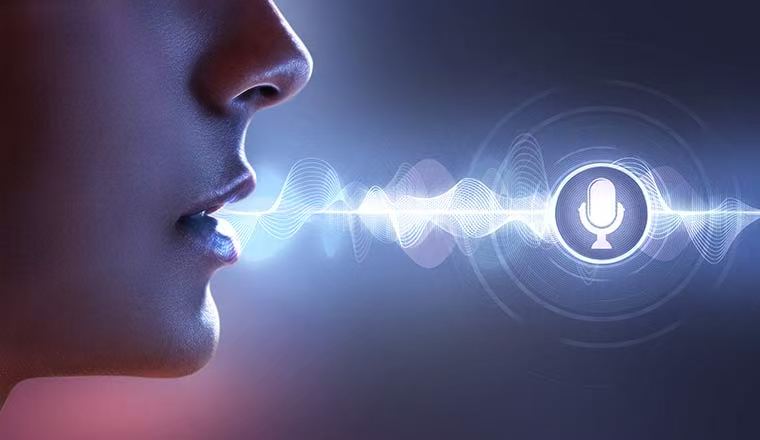
The Evolution of Speech Recognition Accuracy in Al Medical Transcription
The Evolution of Speech Recognition Accuracy in Al Medical Transcription
In the rapidly advancing field of healthcare technology, Al medical transcription has emerged as a powerful tool to streamline clinical documentation. However, the accuracy of speech recognition remains a critical factor in ensuring reliable and efficient medical record-keeping. Recent studies and advancements highlight both the progress and challenges in this area.
Disparities in Speech Recognition Accuracy
A recent study evaluated the transcription accuracy of four automatic speech recognition(ASR)systems-Amazon Web Services(AWS) General, AWS Medical, Whisper, and Wave2Vec-in transcribing patient-nurse communications in home healthcare. The study found significant disparities in accuracy between Black and White patients, with all systems showing reduced accuracy for Black patients. For instance, AWS General had a median word error rate(WER) of 33% for White patients compared to 50% for Black patients.This disparity is primarily due to the underrepresentation of African American Vernacular English(AAVE) in training datasets, which affects the system’s ability to accurately transcribe speech from Black patients.
Challenges with Specific Speech Elements
The study also highlighted challenges in transcribing specific speech elements such as filler words repetitions, and proper nouns. For example, AWS General had an error rate of 65% for filler words and 64% for repetitions. Medical proper nouns, such as medication names, also posed difficulties, with AWS General showing a 61% error rate. These inaccuracies can lead to incomplete patient assessments and exacerbate existing healthcare inequities
Improvements and Limitations in Cloud-Based Speech Recognition
Another study focused on the accuracy of cloud-based speech recognition APls for medical terms in Korean. The research compared three cloud-based SR open APls: Naver Clova SR, Google Speech-to-Text, and Amazon Transcribe. Naver Clova SR demonstrated the highest overall accuracy at 75.1%, while Google Speech-to-Text and Amazon Transcribe had accuracy rates of 50.9% and 57.9%, respectively. However, even the most accurate system still struggled with longer words and non-Korean medical terms, indicating that there is room for improvement in recognizing specialized medical terminology.
Ongoing Accuracy Challenges
Despite advancements, speech recognition systems in healthcare still face significant accuracy challenges. A review of the technology highlighted that these systems can struggle with context and medical terminology, leading to critical errors in patient records. For example,misinterpretation between similar medical conditions can pose treatment risks to patients.Additionally, studies have shown concerning error rates, with one finding an average of 1.3 errors per emergency department note, 15% of which were clinically significant.
Conclusion
While Al medical transcription has made significant strides in improving speech recognition accuracy, disparities and challenges persist. Addressing these issues requires more inclusive training datasets and refined algorithms to handle diverse speech patterns and specialized medical terminology. As the technology continues to evolve, it is crucial to focus on enhancing accuracy to ensure reliable and equitable healthcare documentation for all patients.